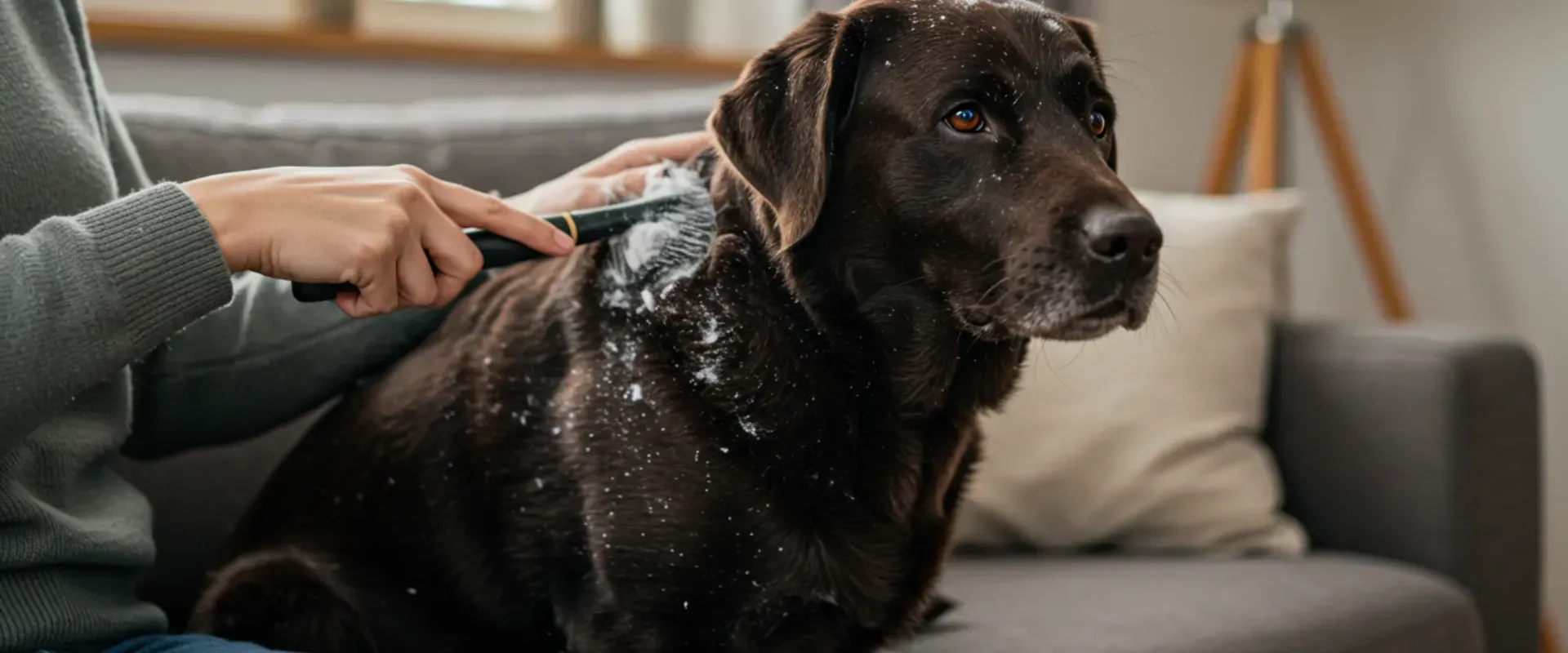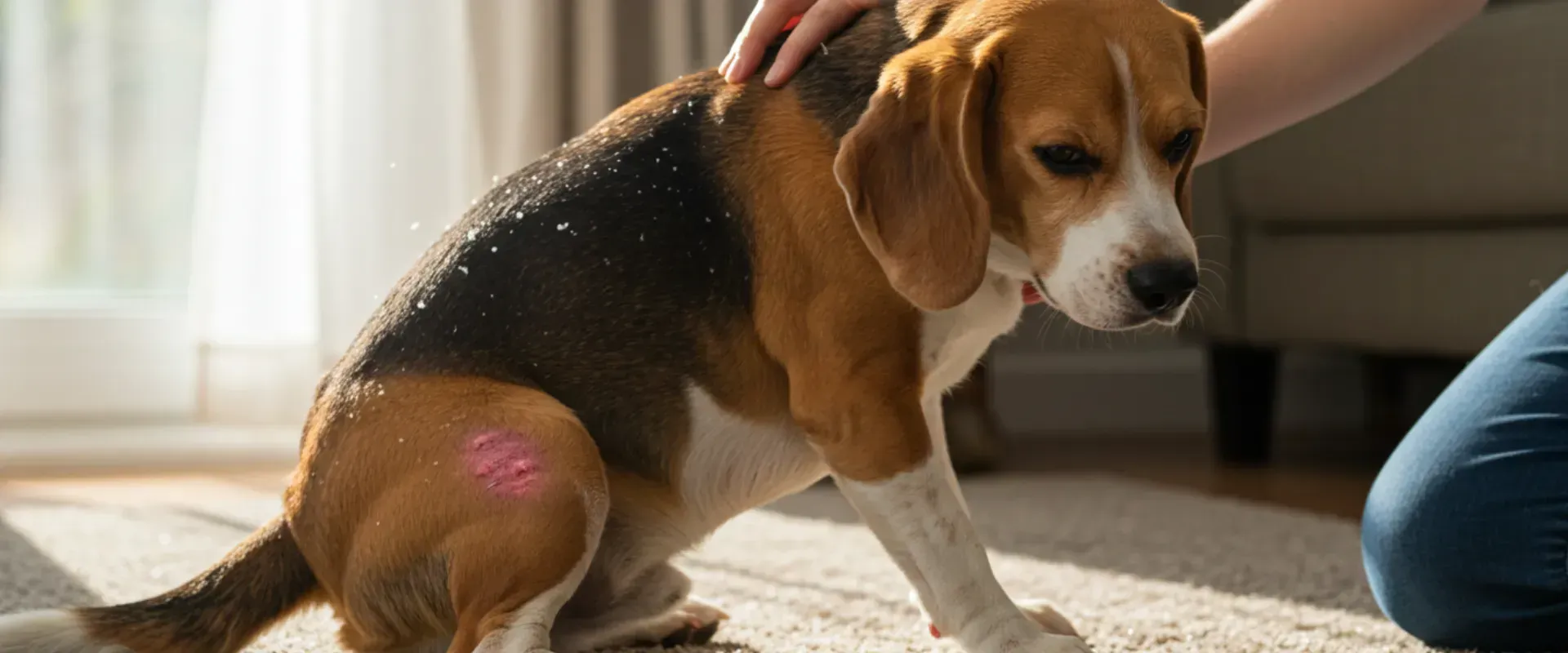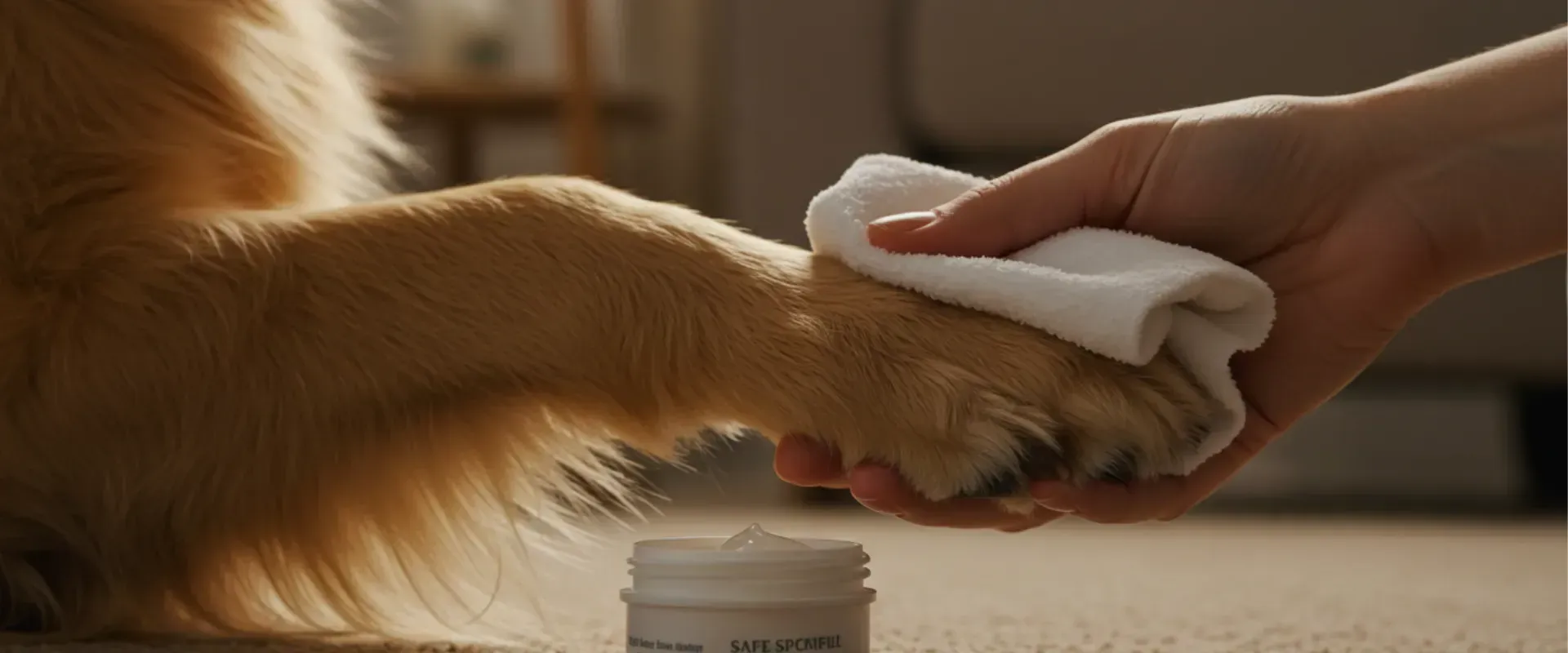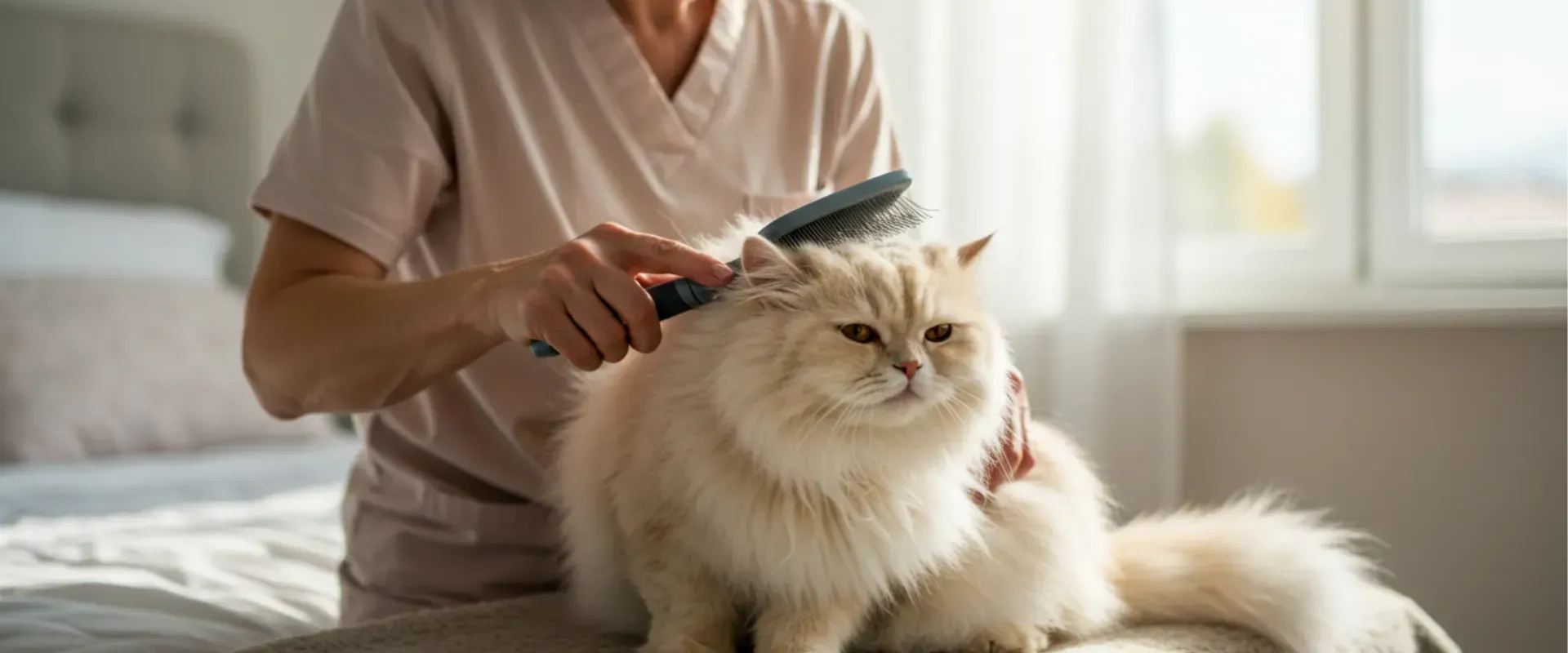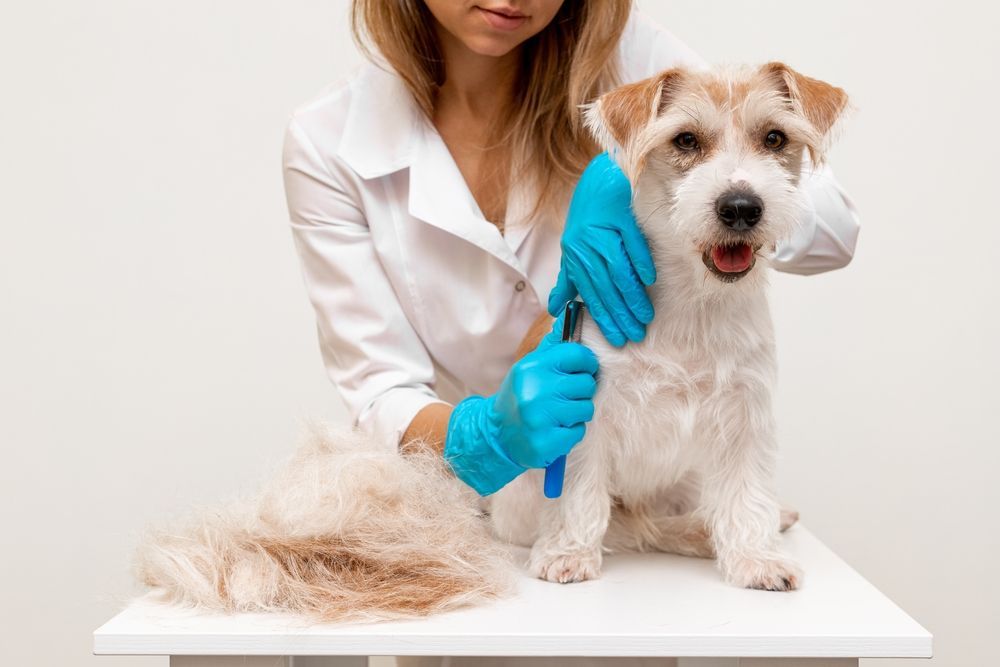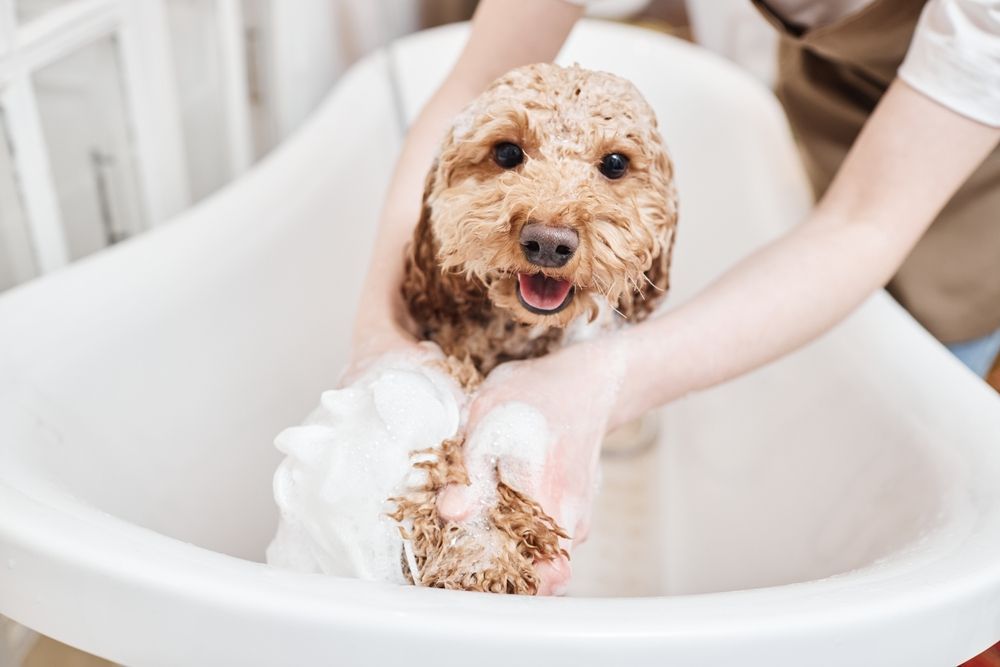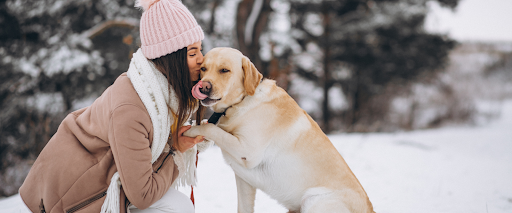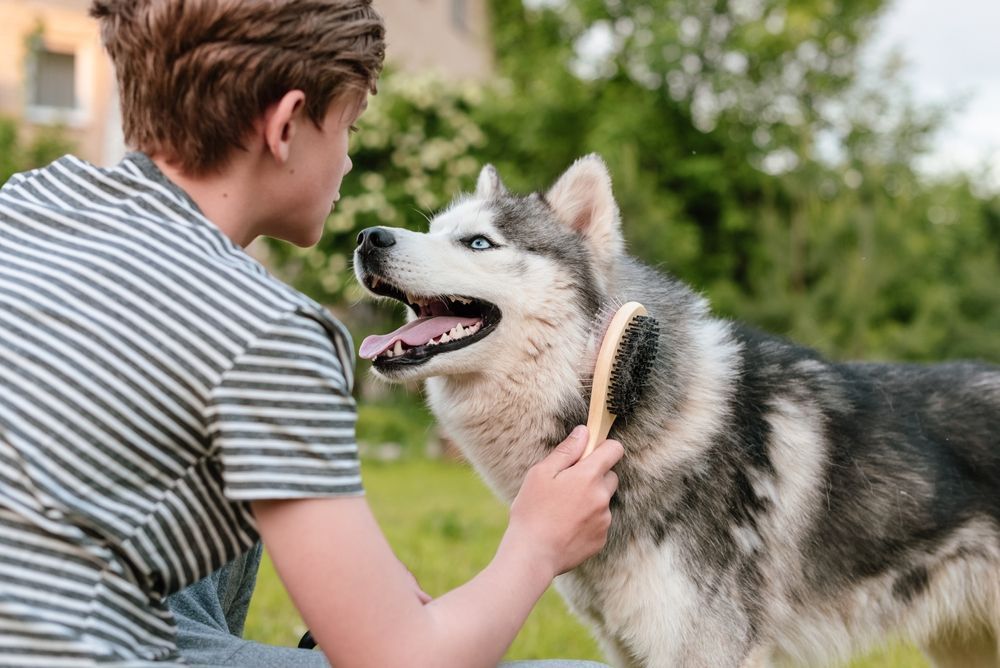How to Treat Dog Hot Spots Before They Get Worse
Dog hot spots can show up out of nowhere and spread quickly, making your pet very uncomfortable. These red, angry-looking patches of skin are more than simply a cosmetic problem; they mean your dog needs to see a vet right now. Hot spots can turn into dangerous infections that need costly veterinarian care if they aren't treated.
At Happy Hounds Mobile Pet Grooming, we often see dogs struggling with various skin conditions, including hot spots. Understanding how to treat dog hot spots early can save your dog from unnecessary pain and prevent irritated skin in dogs.
What Are Dog Hot Spots?
Hot spots, or acute moist dermatitis, are regions of skin that are inflamed and infected with germs. These round, red, oozing spots usually show up when dogs scratch, lick, or bite their skin too much. Bacteria can grow quickly in an environment where there is a lot of wetness from saliva and trauma from scratching.
Hot spots can be as small as a dime or as big as several inches across. They often show up out of nowhere and can grow twice as big in a few hours if not treated right away. The area that is afflicted turns red, swells, and may develop a crusty appearance or exude fluid.
Common Causes of Hot Spots in Dogs
Knowing what causes hot spots can help you avoid getting them again. There are many things that can cause this painful and irritated skin in dogs:
- Allergies and Sensitivities
Food allergies, environmental allergens including pollen or dust mites, and flea allergies are the main causes. When dogs have allergic responses, they scratch and bite their skin, which is the first thing that happens that causes hot spots.
- Poor Grooming and Hygiene
Bacteria love to develop in places where fur is matted, coats are unclean, and moisture is trapped. Dogs with thick, dense coats are most likely to get sick, especially when it's humid.
- Underlying Skin Conditions
Dogs that already have skin disorders, including dermatitis, eczema, or fungal infections, are more likely to get hot spots. These conditions make you itch, which makes you scratch, which makes hot patches.
- Stress and Boredom
Behavioral problems, such as licking too often because of boredom or fear, can lead to the formation of hot spots. Dogs may fixate on certain places, which is what causes the initial irritation.
Recognizing Early Signs of Hot Spots
Early detection is crucial for successful treatment. Watch for these warning signs:
- Red, inflamed patches of skin
- Excessive scratching or licking at specific areas
- Hair loss in circular patterns
- Moist, oozing lesions
- Foul odor coming from the affected area
- Your dog showing signs of discomfort when touched
The most common locations for hot spots include the hips, thighs, chest, and behind the ears. These areas are easily accessible for scratching and licking.
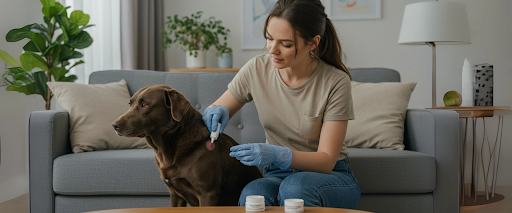
How to Treat Dog Hot Spots at Home
When you discover a hot spot, immediate action is essential. Here's a step-by-step approach on how to treat dog hot spots at home:
Step 1: Clean the Area Thoroughly
Cut the hair surrounding the diseased area carefully to let air flow and stop bacteria from hiding in the fur. Use scissors with dull tips so you don't cut your dog's skin by mistake. Use warm water and a mild antiseptic solution to clean the area.
Step 2: Apply Topical Treatments
Several effective hot spot remedies can provide relief:
- Chlorhexidine Solution: This antiseptic for animals helps eliminate bacteria and stop infections from happening. Use a cotton ball to put it immediately on the cleaned area.
- Aloe Vera Gel: Pure aloe vera has natural antibacterial qualities and can help soothe. Make sure the aloe vera you use is healthy for pets and doesn't have any added ingredients.
- Witch Hazel: This natural astringent helps dry out the hot spot and reduce inflammation. Apply with a clean cloth twice daily.
Step 3: Keep the Area Dry
Keeping the hot region dry is very important because moisture helps germs grow. Gently pat the area with a clean, dry towel to let air flow.
Step 4: Prevent Further Irritation
Put an Elizabethan collar (cone) on your dog to keep him or her from
licking or clawing the region
that hurts. This provides the skin time to heal without getting hurt again and again.
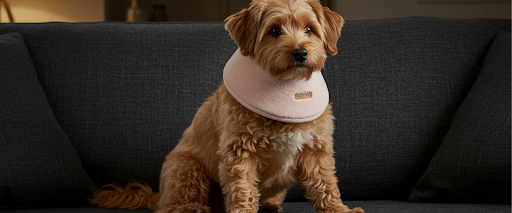
When to Seek Professional Veterinary Care
While mild hot spots can often be treated with hot spot remedies, certain situations require immediate professional attention:
- Hot areas that are more than two inches across
- Signs that the infection is spreading include red streaks and swelling that goes beyond the place where it started.
- Pus or too much discharge
- Your dog has a fever or is very tired.
- More than one hot spot showing up at the same time
- If the condition doesn't get better after 48 hours of home treatment,
Veterinarians can give stronger topical treatments, oral antibiotics, or anti-inflammatory drugs to help with severe cases.
Preventing Future Hot Spots
Prevention is always better than treatment. Here are proven strategies to reduce your dog's risk of developing hot spots:
- Regular Grooming
Brushing your pet regularly keeps their fur from matting and gets rid of stray hair that can hold moisture and bacteria. Every 6 to 8 weeks, a professional groomer can help keep your skin and coat healthy.
- Proper Hygiene
Give your dog a wash or swim and then keep it clean and dry. Pay close attention to places where moisture tends to build up, like ears and skin creases.
- Allergy Management
Talk to your vet about how to find and treat allergies. This could mean changing your diet, your environment, or taking allergy medicine.
- Flea and Parasite Prevention
Keep up with your usual flea and tick prevention plan. These parasites make you itch, which can lead to hot spots.
Hot Spot Remedies
There are a number of hot spot remedies that can work well with orthodox treatments:
- Coconut Oil
Coconut oil is antimicrobial and anti-inflammatory. Once or twice a day, put a little coating on clean, dry, hot regions.
- Epsom Salt Baths
Epsom salt baths that are warm might help calm down skin that is inflamed. Put one cup of Epsom salt in a tub of warm water and let your dog soak for 5 to 10 minutes.
- Oatmeal Treatments
Colloidal oatmeal baths help calm down skin that is irritated and inflamed. To make a soothing paste, grind plain oatmeal into a fine powder and combine it with warm water.
- Apple Cider Vinegar
Apple cider vinegar mixed with water in a 1:1 ratio can help bring the pH balance of your skin back to normal and stop bacteria from growing. Use a cotton ball to apply to cleansed areas.
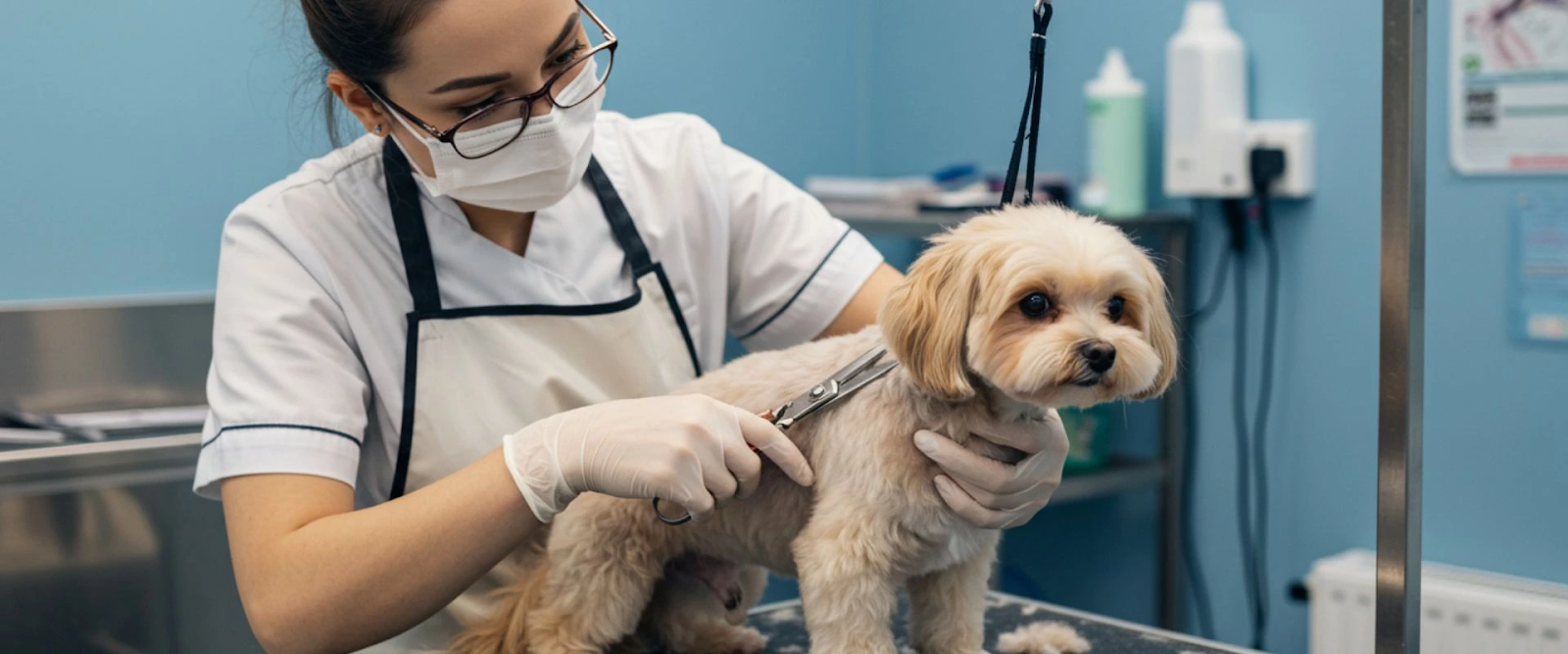
Managing Irritated Skin in Dogs
Beyond treating active hot spots, managing overall skin health prevents future problems:
- Nutrition and Supplements
A high-quality diet with omega-3 fatty acids supports healthy skin. Consider fish oil supplements after consulting with your veterinarian.
- Environmental Modifications
Reduce allergens in your home by using air purifiers, washing bedding regularly, and maintaining appropriate humidity levels.
- Stress Reduction
Provide adequate exercise, mental stimulation, and a consistent routine to reduce stress-related behaviors that can trigger hot spots.
The Role of Professional Grooming
Regular professional grooming plays a vital role in preventing hot spots and maintaining overall skin health. Professional groomers can identify potential problems early and provide treatments that keep your dog's skin and coat in optimal condition.
Professional groomers use specialized products and techniques to thoroughly clean and dry your dog's coat, removing bacteria and allergens that contribute to skin problems. They can also trim areas prone to matting and provide recommendations for home care.
Monitoring Your Dog's Recovery
During treatment, monitor your dog's progress closely.
- Take photos to track healing progress.
- Note any changes in size, color, or discharge.
- Watch for signs of improvement or worsening.
- Keep a record of treatments applied and their effectiveness.
Most mild hot spots begin showing improvement within 24-48 hours of proper treatment. Complete healing typically takes 5-7 days with consistent care.
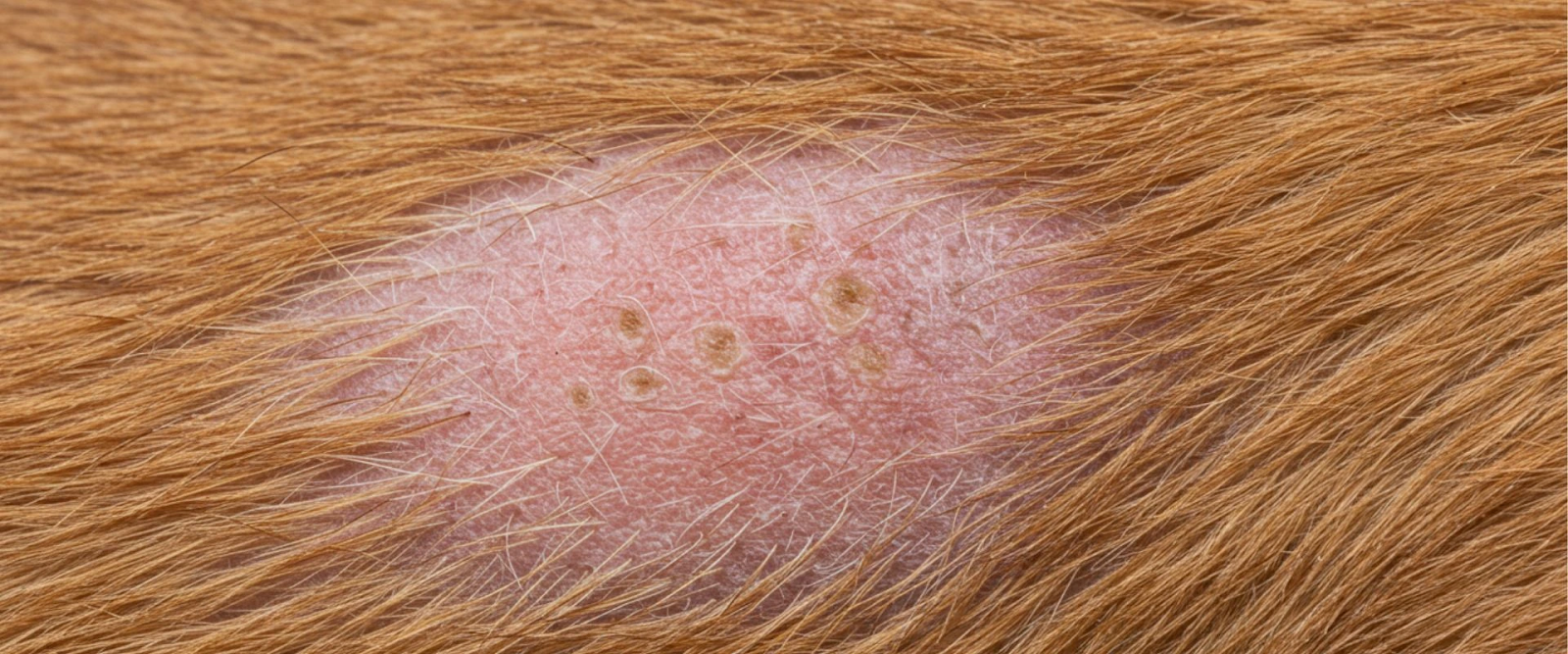
Your Partner in Pet Health
Hot spots can be frustrating for both you and your dog, but with proper knowledge and quick action, most cases resolve successfully. Remember that prevention through regular grooming, proper hygiene, and overall health management is your best defense against these painful skin conditions.
If you're looking for professional grooming services to help maintain your dog's skin health, consider the convenience of mobile grooming. Our team at Happy Hounds Mobile Pet Grooming brings professional care directly to your door, providing a stress-free experience for both you and your pet. Schedule a grooming appointment to keep your dog's skin healthy and comfortable.
Frequently Asked Questions
Can hot spots spread to other dogs?
Hot spots themselves aren't contagious, but the underlying bacterial infections can spread if dogs share contaminated items like bedding or toys. Keep affected dogs' belongings separate until healing is complete.
How long do hot spots take to heal?
With proper treatment, mild hot spots typically heal within 5-7 days. Severe cases may take 2-3 weeks and often require veterinary intervention.
Are certain dog breeds more prone to hot spots?
Yes, breeds with thick, dense coats like Golden Retrievers, German Shepherds, and Rottweilers are more susceptible. Dogs with allergies or skin sensitivities also face higher risks.
Can I use human antibiotic ointments on my dog's hot spots?
No, many human medications contain ingredients toxic to dogs. Always use veterinary-approved products or consult your veterinarian before applying any treatments.
What's the difference between hot spots and other skin conditions?
Hot spots develop rapidly, are typically circular, and are moist with a distinct odor. Other skin conditions like dry patches or allergic reactions usually develop more slowly and may not have the characteristic moisture and bacterial smell.


